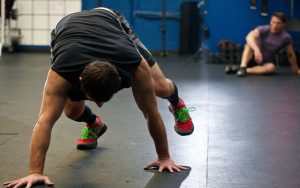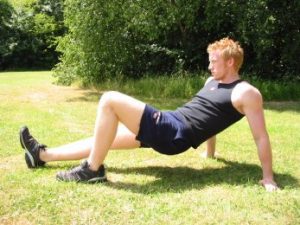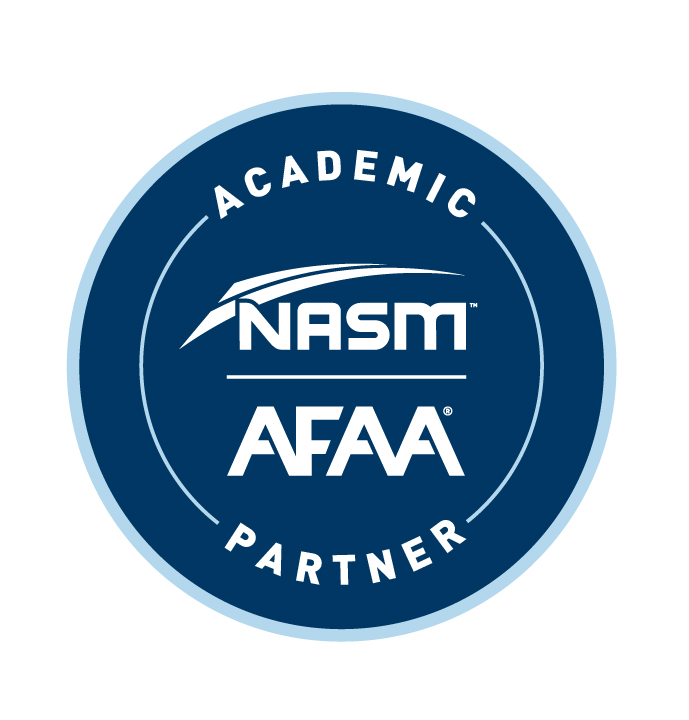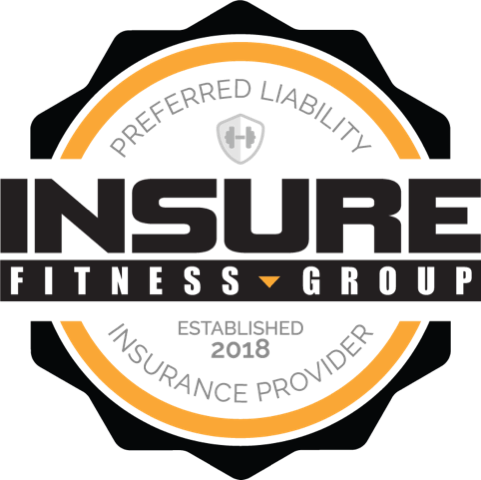As you likely read in our projected fitness trends blog post, body weight training topped a list of fitness trends in an annual survey of more than 3,800 fitness professionals. More and more certified fitness trainers are incorporating these workouts into the fitness plans for their clients. It seemed like a good time to talk about the basics of these workouts, why they are so great and provide a few examples that can be included in fitness plans.
In addition to its minimal equipment needs, these fun and effective workouts are a good way to make sure any client (even those with physical limitations) can derive physical and health benefits. It’s vital that trainers perform a thorough assessment of their clients before beginning with any type of exercise regimen in order to make proper adjustments of progressions and regressions.
Bottom-Up Squats
Squats are an important part of assessing a client’s range of motion and strength before you move them to many types of exercise machine or lifting of any free weights. Bottom-up squats help strengthen gluteals, hamstrings and quadriceps, as well as improve balance and stability. They enable the trainer to teach the client proper form in terms of biomechanics through their full range of motion. To properly perform a squat:
- Sit down on a bench that is high enough for your legs to be bent at a 90 degree angle, and place your feet approximately shoulder-width apart. Sit tall through your spine, make sure your knees are in line with your toes, and look forward.
- Put your weight on your heels with your arms forward, take a deep breath, and use the contraction of your glute muscles to stand up. You can use your arms as a counterbalance by holding them out in front of you as you ascend.
- Squat back down to almost sitting, pushing your butt backward as you descend. Be sure to keep your spine in neutral alignment throughout the movement.
Ground-based exercises like the beast crawl and crab walk develop core strength, stability, and coordination that is essential for successful strength and performance improvement.
Bear Crawl
This modified crawling exercise not only strengthens your chest, arms and legs, but also stretches your hips and improves shoulder girdle stabilization. To perform a bear or “beast” crawl:
- Get down on your hands and knees with both hands on the floor in front of you. Then, lift your knees so that you’re balanced on your hands and feet, with your hips nearly even with your shoulders.
- Move yourself forward by moving your left foot and right hand forward about six to eight inches, then alternate with the right foot and the left hand in the same manner and repeat to keep moving forward. Be sure to keep your back and arms straight as you move, and keep your torso parallel to the floor. Slowing down your movement will increase the strenuousness of the workout as will crawling up an incline.
Crab Walk
This exercise works the back, shoulders, arms, legs and butt for a total body workout. Since it is a more challenging body weight workout exercise, it may not be suitable in any form for some people depending on their age, flexibility and general health. To properly perform a crab walk:
- Sit on your bottom with your knees up and your feet flat on the ground.
- Bring your arms behind you with your palms flat and gently raise yourself off the ground tightening your gluteus muscles. Practice holding this position until it feels comfortable.
- Begin slowly crawling forward starting with your right hand and left foot followed by the left hand and right foot. Be sure to keep your body from slumping. Once you have mastered the movement, keep moving forward until you begin to get tired or your form begins to falter.
Crab walk exercise works especially well because while doing it you are placing a great amount of strain on your shoulders as well as on your glutes. As with all exercises you should communicate constantly with your client to be sure that they are not experiencing any pain, and if so, stop immediately.
There are dozens of other body weight workouts that work different parts of the body as well as circuit routines that can be mixed and matched as part of a workout routine for a total body workout. If you’re a personal trainer, there are a number of body weight workout routines that you can choose from to fit the needs and fitness level of each individual client. Just remember to keep it interesting by mixing it up to keep it fun as you help them move towards their health and fitness goals.






One Response to “Fitness Trend: Body Weight Workouts”
Nick
I love to use the bear crawls for warm ups and conditioning for my clients!